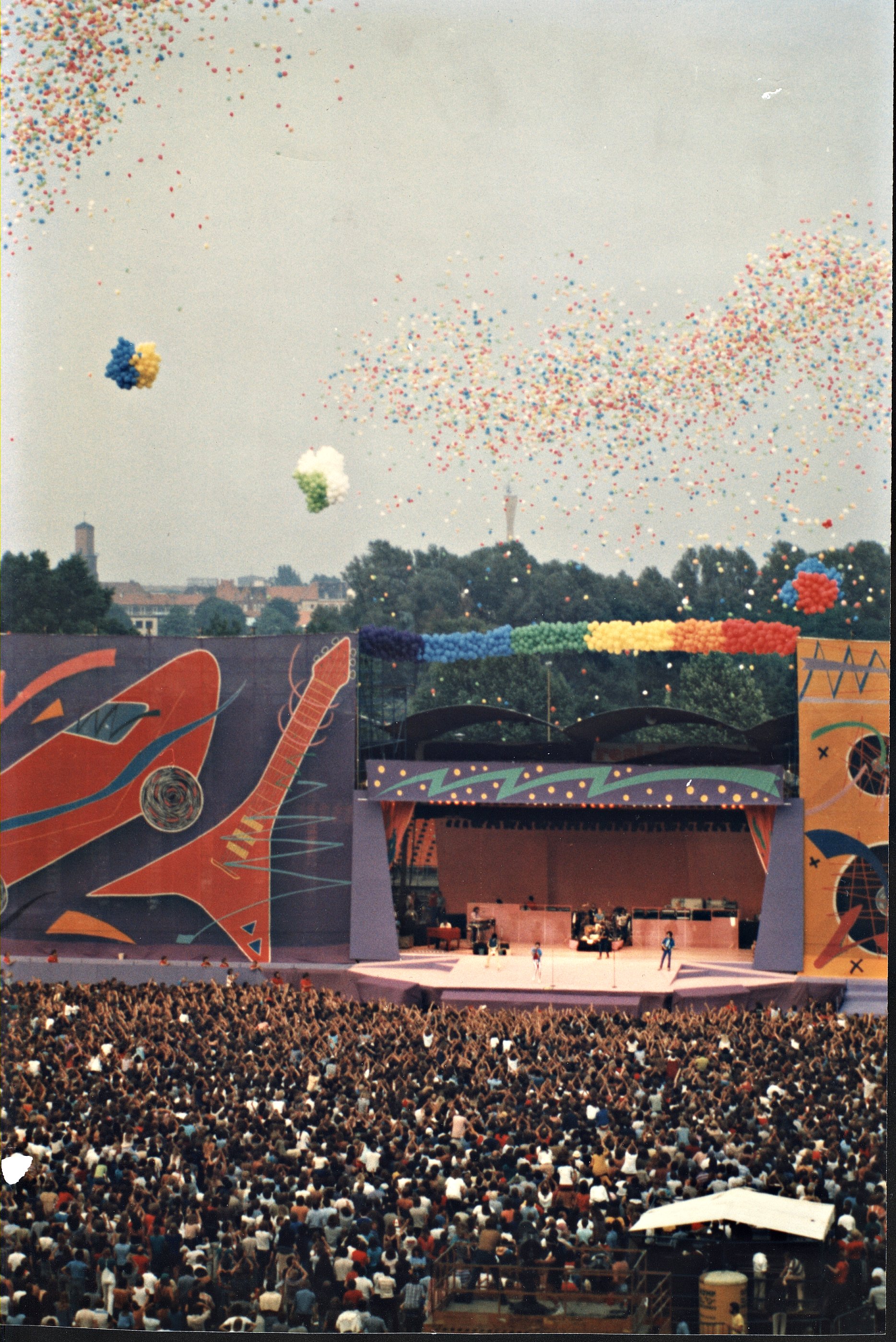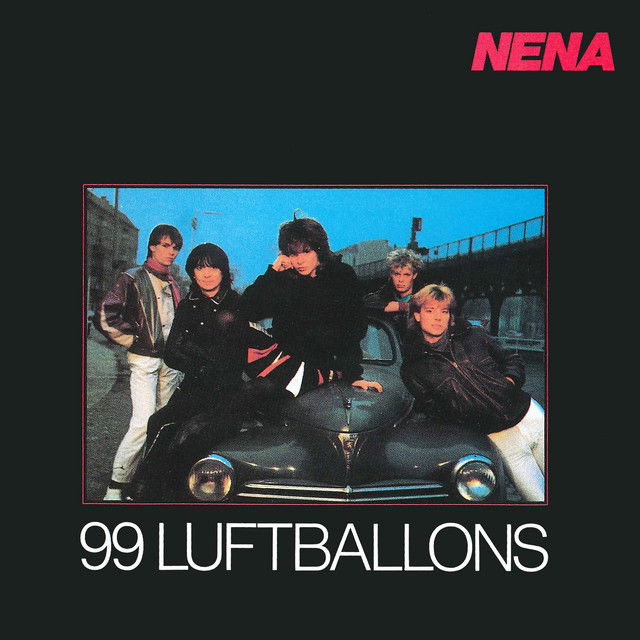Song Stories: Nena: 99 Luftballons
Released in 1983 as part of Nena's self titled debut album 99 Luftbaloons is the perfect example of when a pop song, provides the perfect snapshot of an era but also remains a brilliant piece of pop music.
In the early 1980s, the world was at a tense crossroads. The Cold War was still in full swing, with nuclear anxieties running high and political tensions simmering between the East and West. The inspiration for the song came from an experience Nena's guitarist, Carlo Karges, had at a Rolling Stones concert in West Berlin in 1982. As balloons were released into the sky, Karges imagined what would happen if these balloons were misinterpreted by a military radar. What if, in the midst of heightened Cold War paranoia, these innocent objects were mistaken for enemy aircraft, setting off a chain reaction of destruction? From that spark of an idea, "99 Luftballons" was born.

The story behind "99 Luftballons" taps into the core fears of the Cold War: misunderstandings, overreactions, and the terrifying potential for mutually assured destruction. The song tells the story of 99 red balloons being released into the sky, which are mistaken for hostile aircraft by military forces. In response, global superpowers launch a devastating war, leading to mass destruction—over nothing more than a cluster of harmless balloons.
The song’s narrative feels almost absurd, but that absurdity is the point. It underscores how easily the world could spiral into chaos due to fear and misunderstanding, a reflection of the unstable political climate at the time. In the early 1980s, the threat of nuclear war loomed large in the minds of many, and the escalating arms race between the United States and the Soviet Union made the idea of a global conflict frighteningly plausible. Although the story in the song is fictional, it managed to tap into the feelings of normal people in cities and towns across the world,, who would become caught in the cross fire due to the behaviour of the two super powers.
When the song was released it became a hit world wide, even in America where it reached No. 2 on the Billboard Hot 100 chart. Despite the language barrier—most listeners in English-speaking countries heard the original German version—the song’s universal message resonated far and wide. Its infectious pop sound, paired with its poignant anti-war message, made it one of the defining songs of the decade.
The contrast between its upbeat, danceable melody and its somber lyrics. The song’s catchy, new wave-influenced sound could easily be mistaken for a lighthearted pop tune, but beneath the surface, it carried a powerful political statement.

The song has two versions, the original German version "99 Luftballons" and the English counterpart "99 Red Balloons".
While both versions of the song tell the same basic story, there are notable differences between the original German version and its English counterpart. The most obvious is the title itself: "99 Luftballons" directly translates to "99 Air Balloons," not "Red Balloons." The change in color, while seemingly small, subtly shifts the song's imagery. "Red" balloons evoke a stronger association with the Cold War, symbolizing the Soviet Union’s red flag and the broader idea of communism.
Additionally, some nuances in the German lyrics were altered in the English version. For example, in the German version, the narrative is more directly tied to the specific political and military circumstances of the Cold War, whereas the English version takes a more generalized anti-war stance.
The song is one of the very best songs of the 1980s and still a brilliant piece of modern pop music. A song that means just as much today as it did in 1983. A timeless anthem for peace, and a reminder of just how close the brink can be.
Thank you for reading x